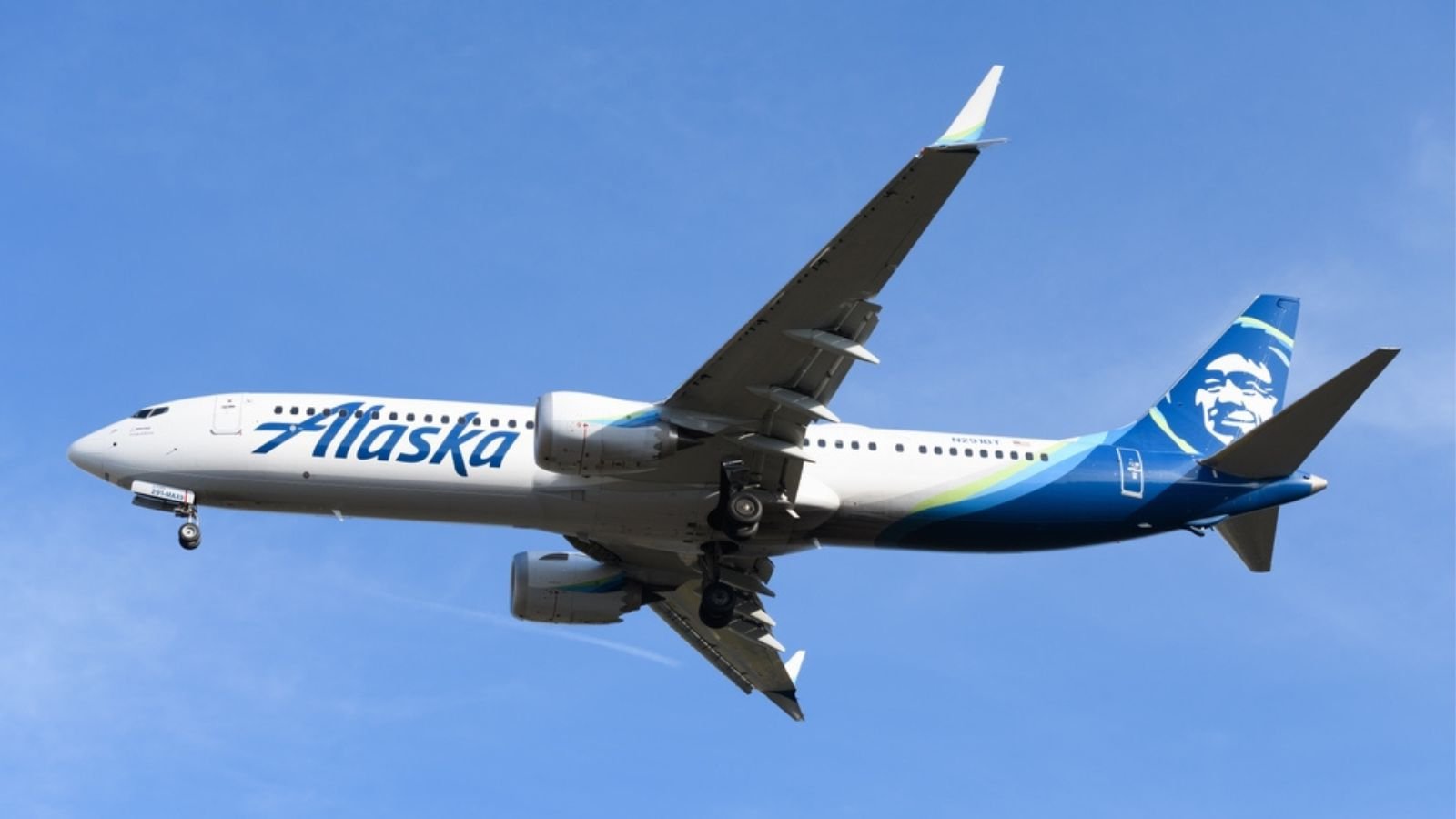Every year Boeing’s executives hope that the next year will be better than the last, unfortunately, it didn’t take long for that hope to be squashed this year!
The weekend’s developments on the B737-900 Max and the “plug” are the things of nightmares for the aircraft manufacturer, and speculating on what happened and why - while we await the formal investigation and findings – is not a great help, but looking at some data points can provide context.
Primarily a U.S. Issue
The first thing to note is that the “window plug” is primarily a US market issue. In the table below we have outlined the number of B737-900 MAX flights that were scheduled for service this week and you can clearly see the carriers that have been affected.
Nine airlines currently operate the aircraft variant, and 4,324 flights were scheduled this week. The two US-based carriers, United and Alaska, planned to operate two-thirds of all flights, while the Panama-based carrier, COPA airlines, also had 77 flights scheduled to US destinations and Aeromexico a further 64 planned.
Of the nine airlines operating the 900-MAX, Lion Air and Air Company Scat operate the aircraft in the intended high-density configuration of 220 seats with the additional emergency exit rather than with the “window plug” variant which is affected by this issue. This different operating configuration eases the issue for these two airlines although it is likely that they are both undertaking precautionary checks on their aircraft.

Of course, the B737-900 MAX is not the only variant of the aircraft operated by the nine airlines affected. The following table details the percentage of B737-900 MAX flights operated by the carriers - highlighting the wider impact for each airline. Proportionally, Icelandair appears to be the most affected with 29% of their planned Boeing 737 programme operated on the variant, while for both Alaska and COPA it’s potentially a one-in-four flight issue.
Significant Cancellations for Alaska Airlines
With a high proportion of 737-900 MAXs in their fleet, it’s perhaps no surprise that the rapid and necessary cancellation of flights over the weekend has impacted Alaska Airlines more than United (as the data below shows). From a less than 1% cancellation rate on Friday, Alaska were suddenly cancelling around 15% of all planned services over the weekend, while for United with their larger and more diverse fleet the proportional impact has not been quite so significant. JetBlue incidentally had a bad Sunday as well with nearly one in ten flights cancelled, although that was more weather-related for the Airbus operating carrier.
It's likely that at least for the rest of this week both Alaska and United will see similar levels of cancellations until the necessary checks are completed and aircraft placed back into service. Assuming nothing else is found, and this was indeed a rogue incident, then the aircraft should be back online by the end of the week with services resuming to near normal levels of cancellation.
As for consumer confidence, that may take more than a week to recover. Certainly, the airline customers of Boeing will once again be asking some very hard questions and indeed Boeing may be asking even harder questions of their suppliers. Ultimately the ongoing supply chain issues are placing pressure on every part of that chain to deliver on time, but not at the expense of compromises.
For the passengers it’s likely that the incident will very quickly just become a memory, although some may be slightly more wary of flying that aircraft type in the short-term. Identifying precisely what is a B737-900 MAX may however be a bit of challenge, aside from not having an additional exit, the variant looks like almost any other B737. And let’s not forget that this incident, along with the recent event at Tokyo Haneda with Japan Air Lines, highlights just how professional airline staff react when such things happen - all that training really does pay off in the end.






